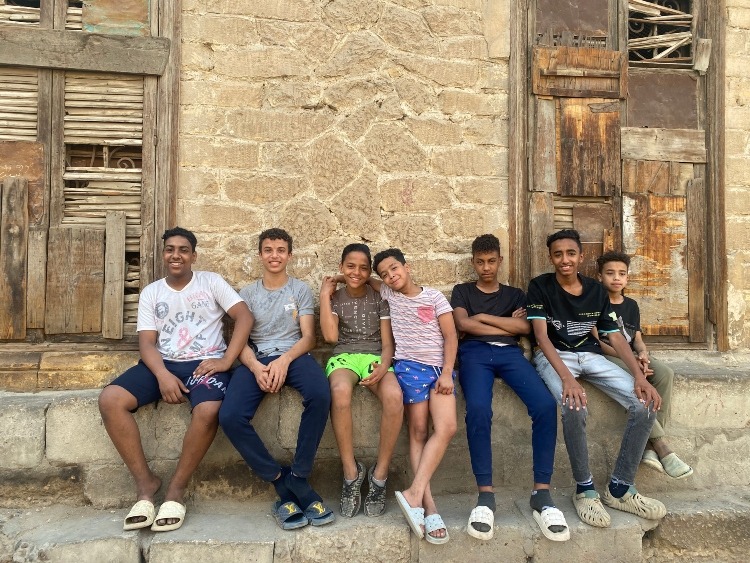All across the internet, whether on social media or online publications, Egypt’s City of the Dead is often described through a lens tinged with negativity and misunderstanding. Described as “Egypt’s worst slum”, the ongoing narrative could not be further from the truth.
This vast necropolis is unique and special as it intertwines the spirit of the living and the dead. It is known to be the resting place of Egypt’s most prominent historical figures including Muhammad Ali’s family as well as Umm Anuk, the favorite wife of Mamluk Sultan El Nasser. It is also a place seeped in the present as it is currently teeming with locals who reside within makeshift homes made of scraps of wood, plastic and other lost items. Here’s a look at our adventure to the City of the Dead.
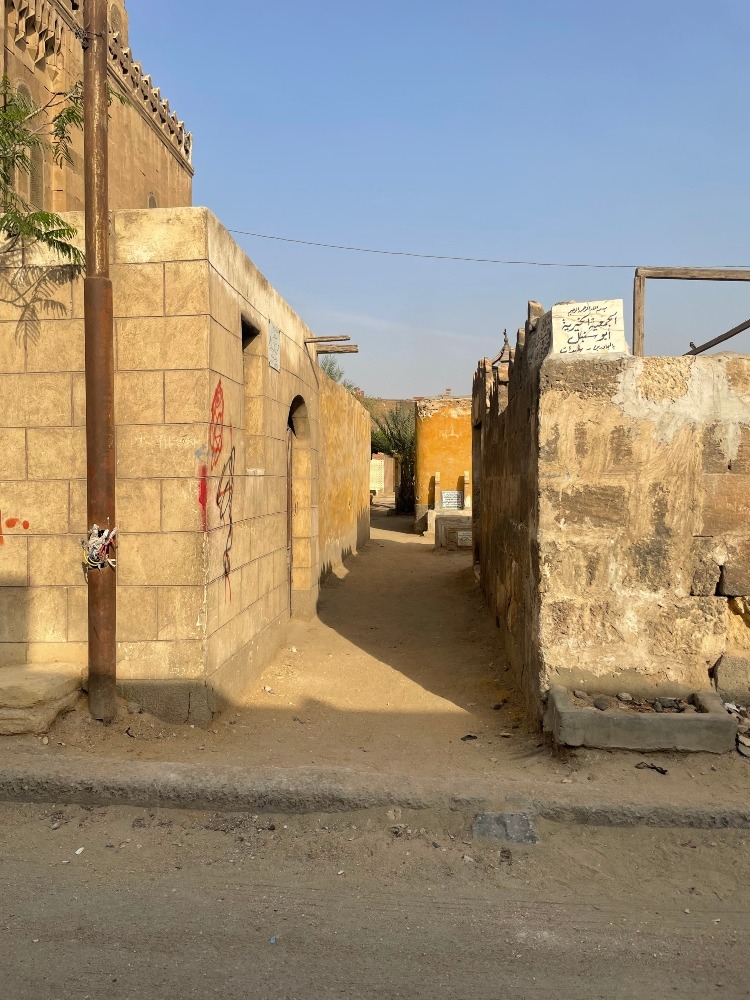
On arriving at the 6km expanse known as the City of the Dead, one such local family caught our attention. They peered at us with warm smiles and waved as we approached them. They were seated at the steps of a burial ground and showed no reluctance to strike up a conversation and give us a glimpse into their lives.
Their story began back at the time of Egyptian President Sadat when their grandparents first arrived at the City of the Dead to take up permanent residence. Back then, towering mountains loomed over the entire necropolis which later got removed by the State. Today, it has become a place that is intrinsically rooted in their family tree as their grandparents, parents and siblings were all born and buried on its grounds.
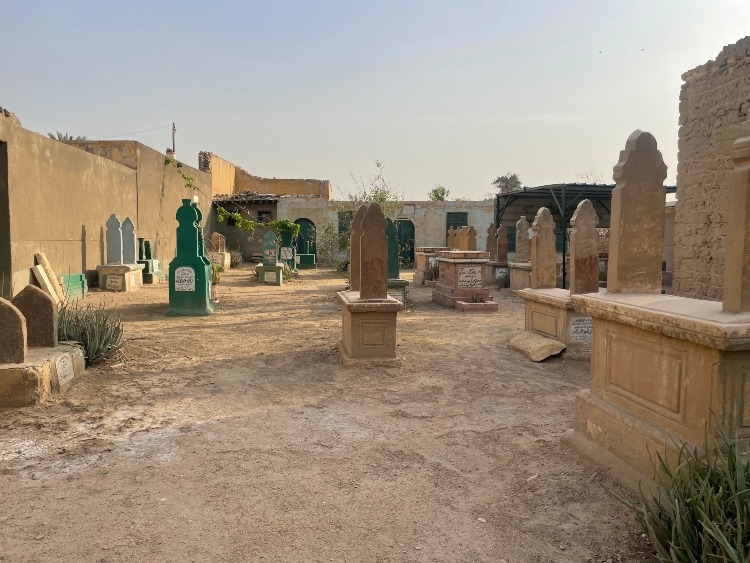
With the entire area being a burial ground, we couldn’t help but dive into the supernatural. One of the siblings immediately shared her coolest ghost encounter thus far, “I remember how on some nights I could easily hear the sound of a woman screaming, one who was said to have been murdered.” That conversation alone got the whole family hyped, with each one pitching in to tell their own ghost story. Beyond the humor, the family made sure to tell us that within the expansive City of the Dead, they would always feel a sense of peace and calm. They showed no indication of wanting to move and each time one of them would get married, they’d always manage to make their way back.
As residents of the City of the Dead, they also take pride in guarding its burial ground, making sure that no one trespasses the property and attempts to steal any of the buried belongings. That kind of spirit moves beyond this particular family as there are several guards scattered across the necropolis with the job of protecting the catacombs, tombs and mausoleums.

A prime example is of Am Mahmoud, an old man who caught our attention once we heard the rattle of his keys as he passed by. He told us how every morning, for 67 years, he’d travel all the way from Manshiyat Nasr to City of the Dead to guard several tombs as well as ancient mosques and ruins. He’d then leave during sunset to return to his wife and four kids.
Walking along various paths it is common to stumble upon children playing with their old bikes and footballs, contrasting the calm and still of the burial ground. By the end of our visit, we even had the pleasure of meeting a group of young boys who shared a strong camaraderie. They told us how every day, they’d meet up at their makeshift football pitch made of two goals posts wedged between the pathway separating the gated entrances to two separate burial grounds.
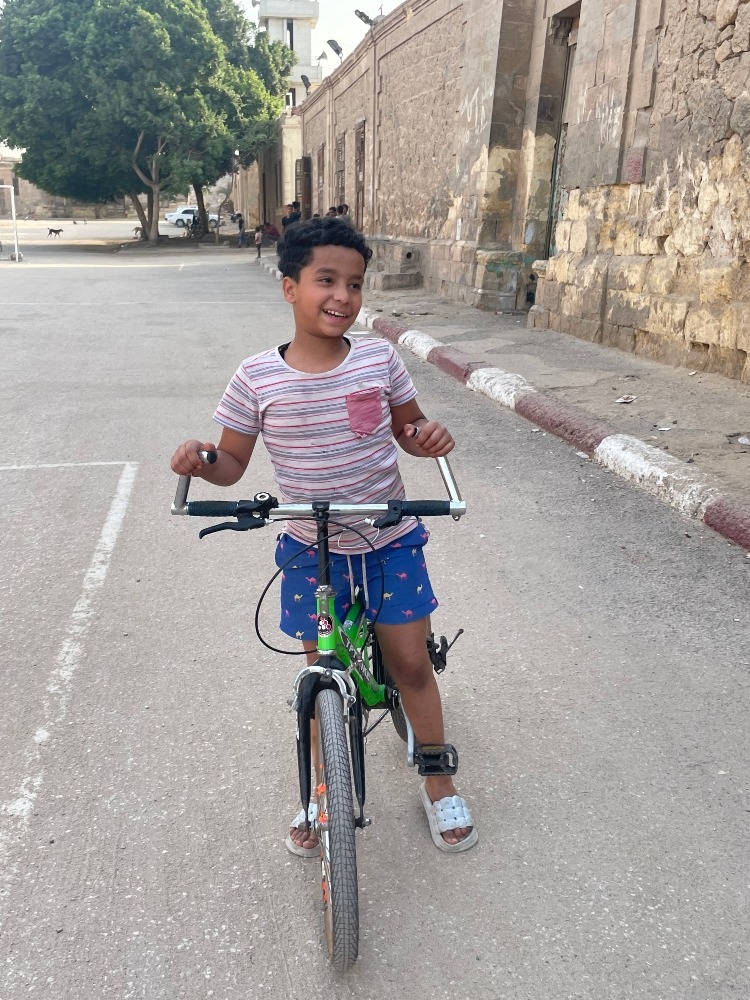
These kids were special, each one with their own unique set of aspirations like Mostafa, a young 12-year-old dreaming of someday becoming a poet or Kareem, an 11-year-old with dreams of becoming a professional photographer.
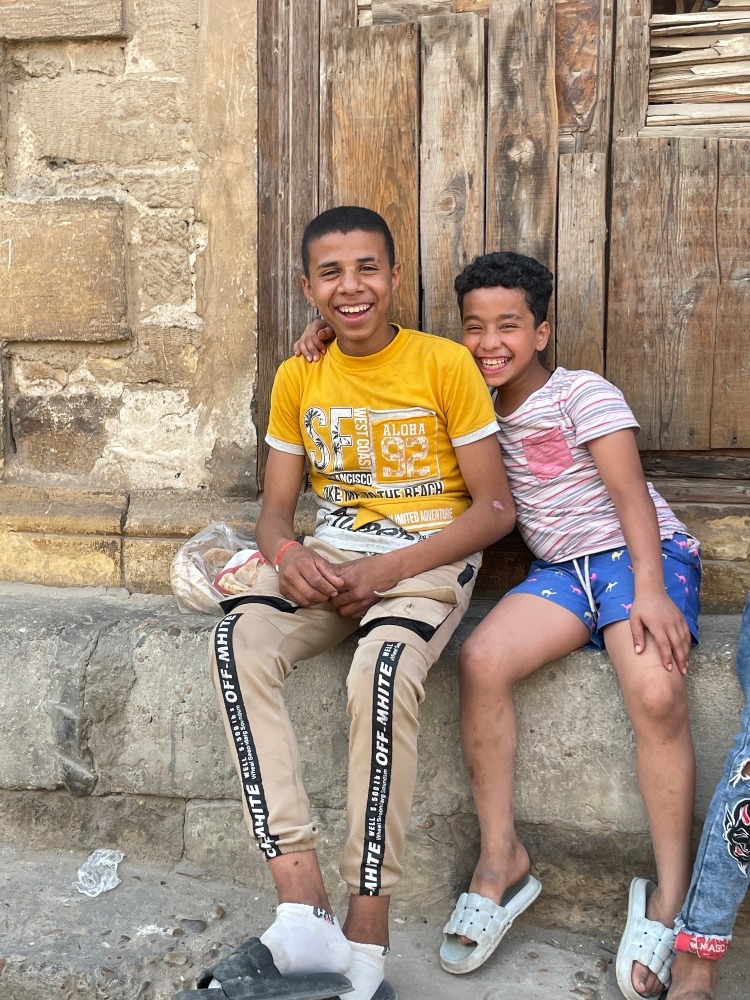
At the end of the day, we did have to go our separate ways, diverging back into our separate paths. Ending the day during the light glow of sunset, we can’t deny that City of the Dead is home to slums and a poor quality of life but beyond that, it is also home to a thriving community, one that shares a lively spirit and a feeling of peace.


